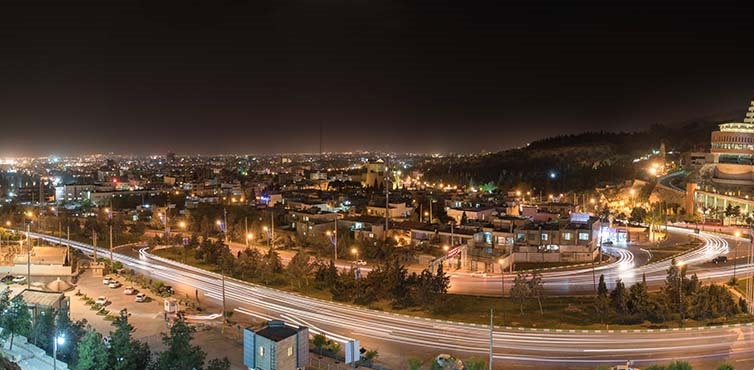
About Shiraz
Source: Encyclopedia Britannica
Shiraz is the capital city of Fars province, southwestern Iran. It is located in the southern part of the Zagros Mountains on an agricultural lowland at an elevation of 4,875 feet (1,486 metres). It is both a historic site and an attractive modern city, with gardens, shrines, and mosques. Shiraz is the birthplace of the Persian poets Saʿdī and Ḥāfeẓ, whose garden tombs, both resplendently renovated, lie on the northern outskirts.
Shiraz was important during the Seleucid (312–175 bc), Pathian (247 bc–ad 224), and Sāsānid (c. ad 224–651) periods. In the early 13th century the Mongols built the New Mosque and the fortress Bāgh-e Takht. In 1387 and again in 1393, Timur (Tamerlane), the Turkic conqueror, occupied Shiraz, which, with its Congregational Mosque (894), Shāh Cherāgh shrine (1344–49), and Great Library (later the Madrasseh, or theological school; 1615), had become a Muslim center rivaling Baghdad. In 1724 the city was sacked by Afghan invaders. Shiraz became capital of the Zand dynasty (1750–94), whose founder, the vakīl (regent) Karīm Khān Zand, adorned the old city with many fine buildings, including his mausoleum (an octagonal tiled kiosk, now a museum); the Ark, or citadel (now a prison); and the Vakīl Bazaar and Mosque.
